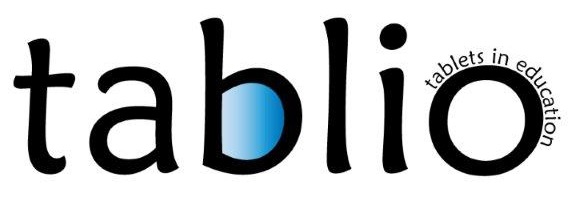Getting a better overview of all students with the interactive class photo

Adapting to differences between students in a proactive way, doesn’t only require for the teacher to be well aware of the capacities and performance of his students (learning status), but also of their interests and learning profile. This good practice facilitates gaining insight in the diversity of a class group. (pro – active, structured, learner orientated classroom differentiation)

The teacher takes a picture of the class with the tablet. The Thinglink app, an app to annotate pictures and videos, turns the picture into an interactive one. A pointer is put on every student. This pointer gives access to more information about the student, e.g. to his or her personal wall in Padlet. The student is personally involved in the completion of his own information. He or she can systematically add personal information, assignments, logbooks, reflections and so on, to his or her wall.
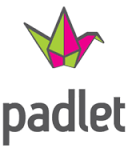
Below you can find an example of a class photo, with for each student a pointer, which leads to their personal Padlet wall. On this wall, students gather information about their reading profile and interests : do they enjoy reading, or not at all? What arguments do they have not to read? What subjects are they interested in? … Based on the information on the Padlets, teachers and fellow-students help them to look for a book that matches their reading profile. This enables the teacher to encourage everyone to enjoy reading. (student’s interests and learning profile)
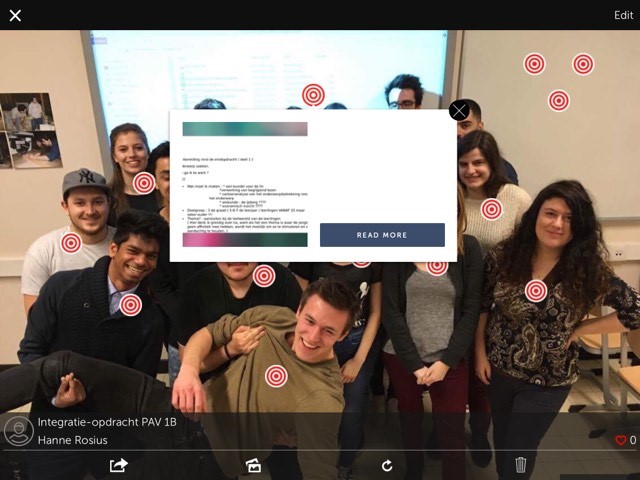
Image 1 Thinglink 'Choose a book for someone else'
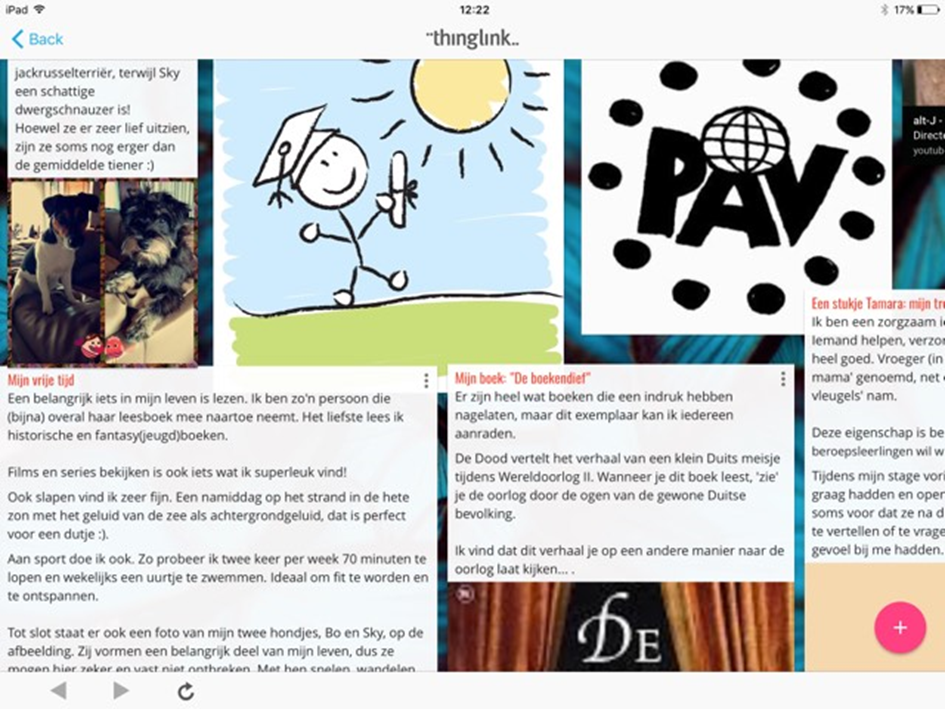
Image 2 Personal wall in Padlet, to which each student adds information
The development of this application was initiated in the Tablio project. It was then passed on to teachers in primary and secondary schools (via www.mooctablio.be). That’s how the application was adapted to and tested in different educational levels, in different forms and with different subjects. Teachers often added their own touch to the application. Let’s read about some interesting variations.
Maria Helsen tested the application in primary school. She took her pupils to talent classes and had them write their own talents in Thinglink. After the talent classes, they could add the talents they had discovered. In this case, it was the teacher herself who completed the Thinglink, after having consulted the student All that was needed to realise this application was a tablet. (student’s readiness)
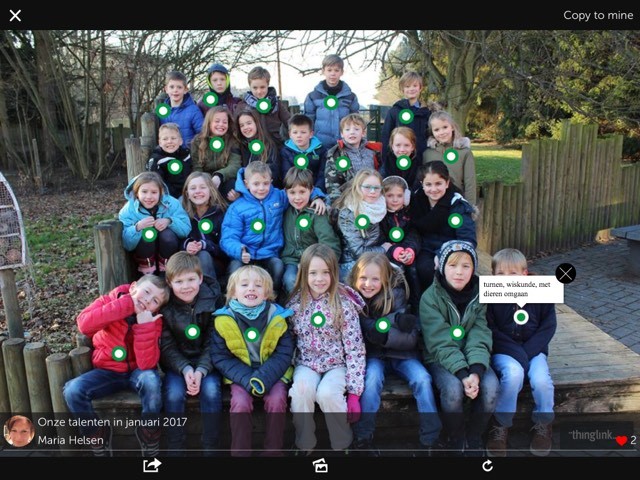
Image 3 Thinglink for talent classes
Another teacher who tested the application in primary school was Stefanie Dirix. Her pupils in the second form had to pick someone they didn’t often play with. They had to get to know each other and add their favourite spot at school, their favourite book, their hobbies, and so on, to their picture. In Stefanie’s class, several tablets were available, so the pupils added the information themselves. Stefanie testifies : ‘I thought it would be difficult in the second form, but it was not at all! I had to explain it only once, and they all got it!’ Thanks to this application, Stefanie’s pupils got to know each other better, but as a teacher she also gained more insight into her pupils’ (sometimes hidden) talents, interests and preferences. Stefanie uses this information during her classes. (student’s interests and readiness)
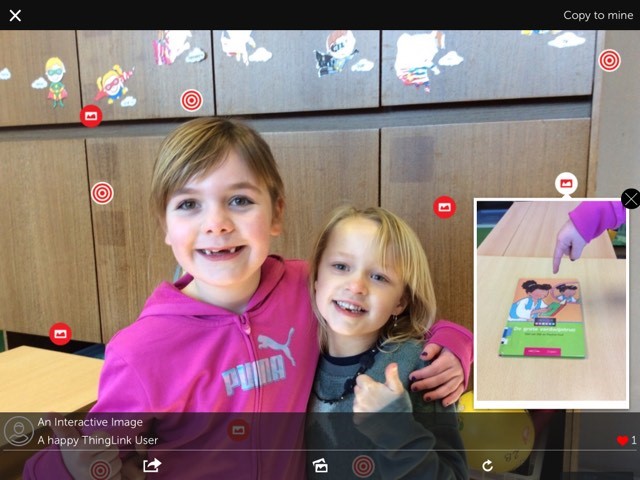
Image 4 pupils get to know each other
Viki Schroyen designed an application for secondary school. She used the interactive class photo in her practical class ‘agriculture’ (vocational education, area of horse-riding). Viki tried to spark her students’ interest by aligning with their interest in their own horse. She started with a practical assignment that was closely related to daily live in a horse farm. She made her students register the clinical parameters they are taught during her ‘agriculture’ class (e.g. temperature, pulse, respiration) on a picture of their own horse (student’s interests). All pictures were gathered and shared by means of a class photo in Thinglink. Viki’s experience : “The students were very proud of their walls and they had a tangible proof of what we practiced.’
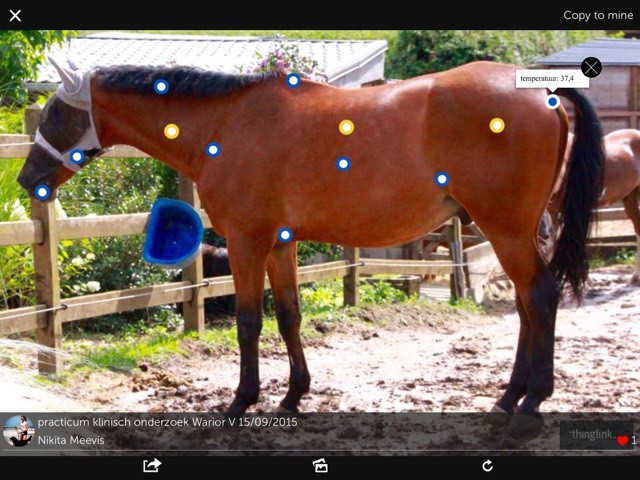
Image 5: agriculture practice
Alesandro Voets uses the application in the second grade of secondary school, specialised in sales. In the subject PAV (Project General Subjects) students are being taught about a variety of social subjects. Alessandro uses Thinglink to gain insight in his students’ experience with these subjects. They regularly post texts or pictures related to them. One of the subjects, for instance, is traffic. To find out about the students’ knowledge and the different traffic situations they get into while getting to school, students have to visualise their personal traffic situation on their Padlet wall. Alessandro can then refer to students’ examples during class or students can take a closer look at their own situation. (students’ interests). The texts his students post give him an idea of their strengths and weaknesses in the area of written communication, which is also an important part of the subject PAV (student’s readiness). It is Alessandro’s experience that students find it very encouraging when the teacher knows how the issues discussed in class, are integrated in their lives. On the other hand, for students in vocational education it is not at all obvious to do school-work at home (student’s learning profile).
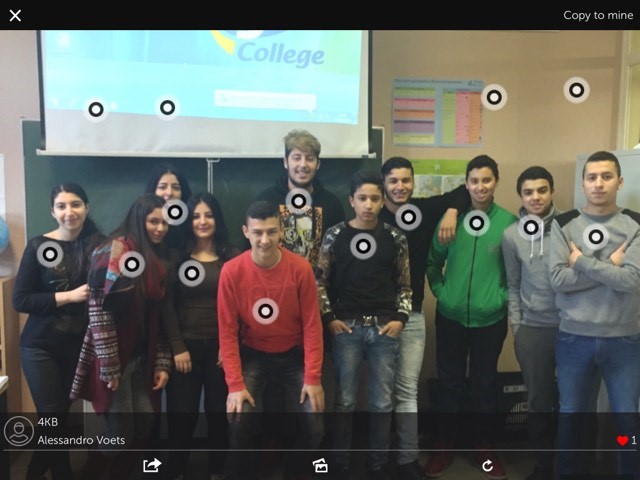
Image 6 Thinglink in PAV
